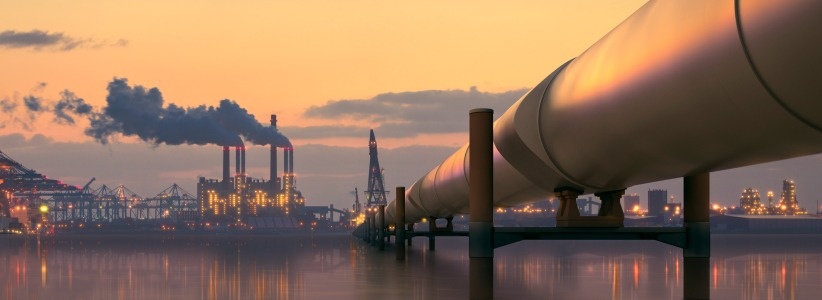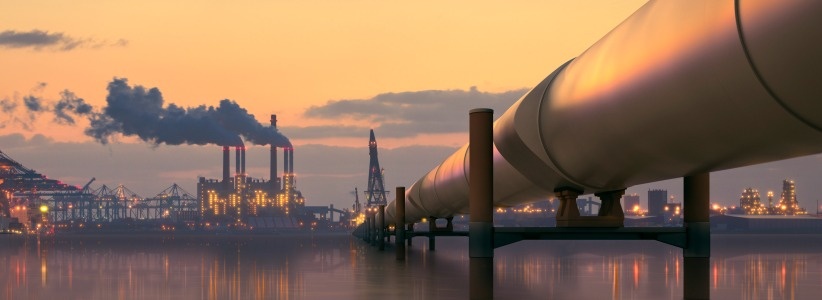There is a major motive to reduce emissions from cars and electricity generation; transport and power stations actually only account for 20% and 30% respectively of our carbon emissions, compared to 50% from heat production.

Our core cities are often referred to as “Heat Islands” because they are normally several degrees warmer than the surrounding countryside. This is partly due to all of the streets and structures retaining solar gain. Of even greater significance, however, is the concentration of people and commerce, with the UK’s urban areas responsible for the majority of demand for heating and hot water.
It is crucial that we act now to decarbonise heating and hot water usage if the country is ever to meet its commitments made under the Climate Change Act and at international summits such as last year’s conference in Paris. Significantly, one of the best ways to do this is to switch our homes and workplaces to district heating schemes. But how do we do this?
District heating schemes a key response
Such systems, featuring shared boiler plant or other heat sources, not only offer economies of scale, they also represent a real opportunity to utilise greener and even zero carbon tech
nologies. Furthermore, they can help radically reduce pollution across densely populated towns and cities.
After decades of poor publicity due to problems with early post-war projects, district heating is gaining traction again and there is both a London Energy Plan, and a national ambition to make much more use of such schemes. The Government considers that local councils are best equipped to help facilitate the changes – committing £320 million of Round 6 HNDU( Heat Networks Delivery Unit) funding for the roll out.
What ministers and most proponents advocate is to move consumers off the use of individual boilers and connect them instead to share heat sources in central plant rooms. And then to replace the apartment or estate based boiler plant with plate heat exchangers, linked into mains carrying hot water from a much wider, greener network.
Alternative heat sources
As our Design for the Future eGuide demonstrates, it is possible to reduce carbon emissions further by switching fuel sources to biogas CHP, high efficiency heat pumps, large scale out-of-town biomass, or to so called waste heat schemes. The latter include incinerators, industrial processes and with some of the most innovative schemes being assessed across our major cities.
While in the capital, plans are being implemented to use heat from the London Underground and other sources; Sheffield City Council has already switched its plant rooms from gas boilers to plate heat exchangers which are fed by district mains. These are connected to a clean burning recycling facility, which consumes the city’s non-recyclable waste: producing 60 MW of heat and 20MW of electricity.
If the UK is to meet its commitments on carbon reduction and ensure energy security, it is certain that new and greener heat networks will play a pivotal role.
Key takeways:
- Heat generation accounts for 50% of UK energy usage
- Our homes, businesses and power generators waste enough energy to satisfy the UK’s heat and hot water needs without any reliance on fossil fuels
- District heating can radically improve efficiency
- Further carbon reductions can be achieved through using greener heat sources
- Well-designed heat networks can move generation to out of town areas and cut pollution



